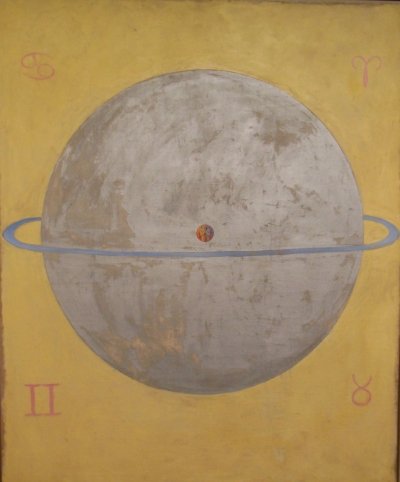“...If you grow up in Western culture, as I did, with the belief that there is a scientific explanation for everything, then there will be certain ideas you must not know. It will be called ‘mystic nonsense’ and ‘crazy stuff’. People who have studied these ideas naturally know that these ideas are neither mysterious nor crazy. But we do not have a relevant method to account for them - that is the great gap in our education.
…If someone becomes part of the scientific machinery and accepts the doctrine of what is seen as scientific and what not, then he finds himself in a foolproof trap. He accepted a bargain and does not know the price he paid.
…Western civilisation is based on ancient Greek and Judaic culture: both held the masculine superior over the feminine. Other cultures held both principles in equal balance. On the one hand they did praise the pompous, military, formal and totally humorless masculine side but equally they held in high esteem the intimate, secret, intuitive and light-hearted feminine side - which our culture lacks.
For some time now I felt the necessity for an author, raised in the Western tradition and with professional competence in more than one science, to do my best to bridge the chasm between the two sides of our human nature. We must realize a perspective that encompasses the formal/informal, masculine/feminine, external/internal division. It is difficult to write about. The theme is as big as life itself and needs as long to be learned. All I can try to do is to create some opening. At least a small one.
…With our emphasis on the masculine we can pursue our affairs to their bitter end. Tragedy may take her course, until the final curtain falls. But then again, there is really nothing in the way which would keep us from revising the stage direction.”
George Spencer-Brown, from the foreword to his book ‘This game only two can play’ , 1971, (excerpt)
George Spencer-Brown (1923-2016), mathematician, consulting engineer, psychologist, chess-master, consulting psychotherapist, author, and poet; he also defended the practice of astrology.
George Spencer-Brown (1923-2016),
In astrology the stage direction is already enlightened. The actors are conceived and named after the Ancient Greek Pantheon of gods and goddesses who - different from mortals - held power in a balanced way. Mars (Ares) finds his equal in Venus (Aphrodite) and Moon (Selene) in Sun (Helios). In the individual charts, naturally, there can and will be an imbalance of the feminine and masculine energies - regardless of gender.
Aphrodite of Syracuse
Mars, Hadrian Villa


















